A mouse pointer, also known as the cursor is a graphical icon which represents your pointing device's movements on your display. It allows the user to manipulate objects on the screen with a mouse, a touchpad or any other pointing device. In this article, we will see how to automatically move the pointer to the default button in a dialog box.
Advertisеment
When the feature is enabled, it makes it easier to select default buttons in dialog box. This is convenient and time saving when you are using a touchpad or a trackball device. Users who lose the mouse cursor as they move it across the screen find it very useful.
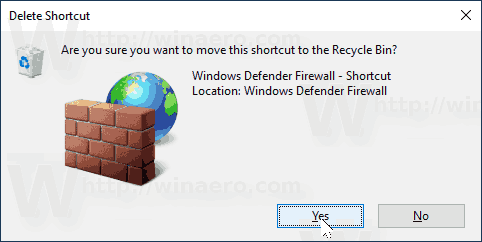
You can use either the Mouse Properties applet or the Registry editor app to enable or disable the Snap To pointer feature in Windows 10. Let's review both methods.
To snap the pointer to the default button in Windows 10, do the following.
- Open the Settings app.
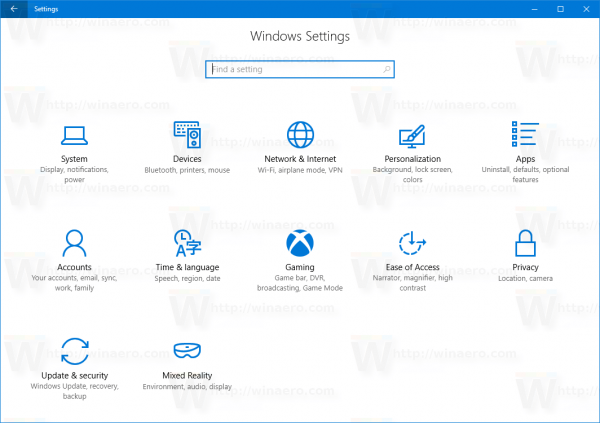
- Navigate to Devices - Mouse.
- On the right, click on the link Additional mouse options under the section Related settings.
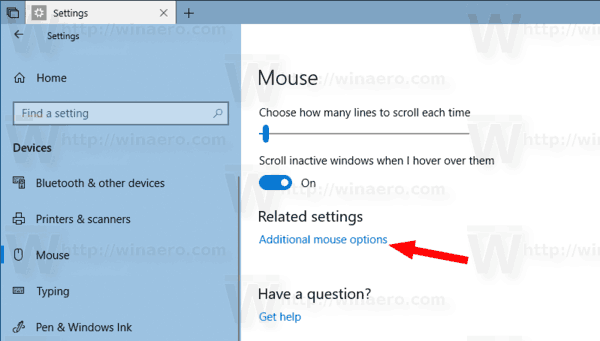
- In the Mouse Properties dialog, go to the Pointer Options tab.
- Enable the option Automatically move pointer to the default button in a dialog box under Snap To.
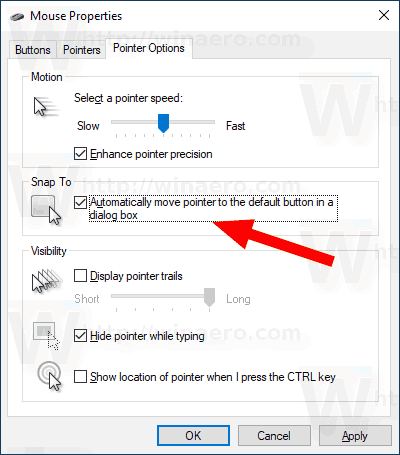
You are done. The option is now enabled.
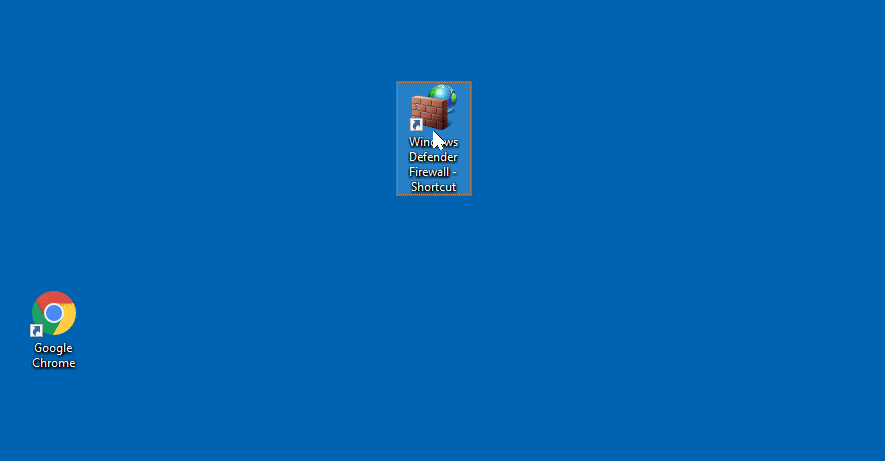
When needed, the mouse pointer trails feature can be enabled with a Registry tweak. Here is how.
Enable the Mouse Pointer Trails feature with a Registry tweak
- Open the Registry Editor app.
- Go to the following Registry key.
HKEY_CURRENT_USER\Control Panel\Mouse
See how to go to a Registry key with one click.
- On the right, modify or create a new string (REG_SZ) value named SnapToDefaultButton.
- Set its value data to 1 to enable the feature. A value data of 0 will disable it.
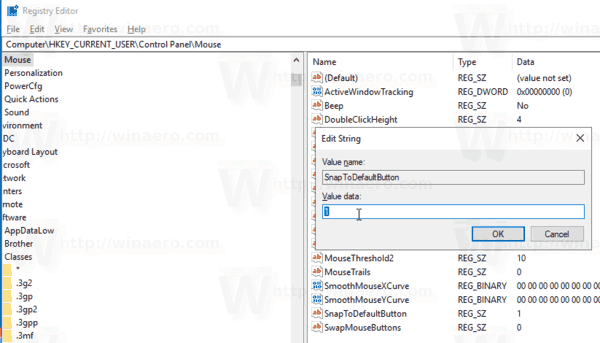
- To make the changes done by the Registry tweak take effect, you need to sign out and sign in to your user account.
That's it.
Related articles:
Support us
Winaero greatly relies on your support. You can help the site keep bringing you interesting and useful content and software by using these options:

I’ve had this on forever and always found it useful. I wish UWP apps supported it.
UWP apps have very poor mouse and keyboard usability. Just pretend UWP does not exist and use Windows 7 or 8.1 with a Start menu
Doesn’t work with Office apps: is there a turnaround? Thanks